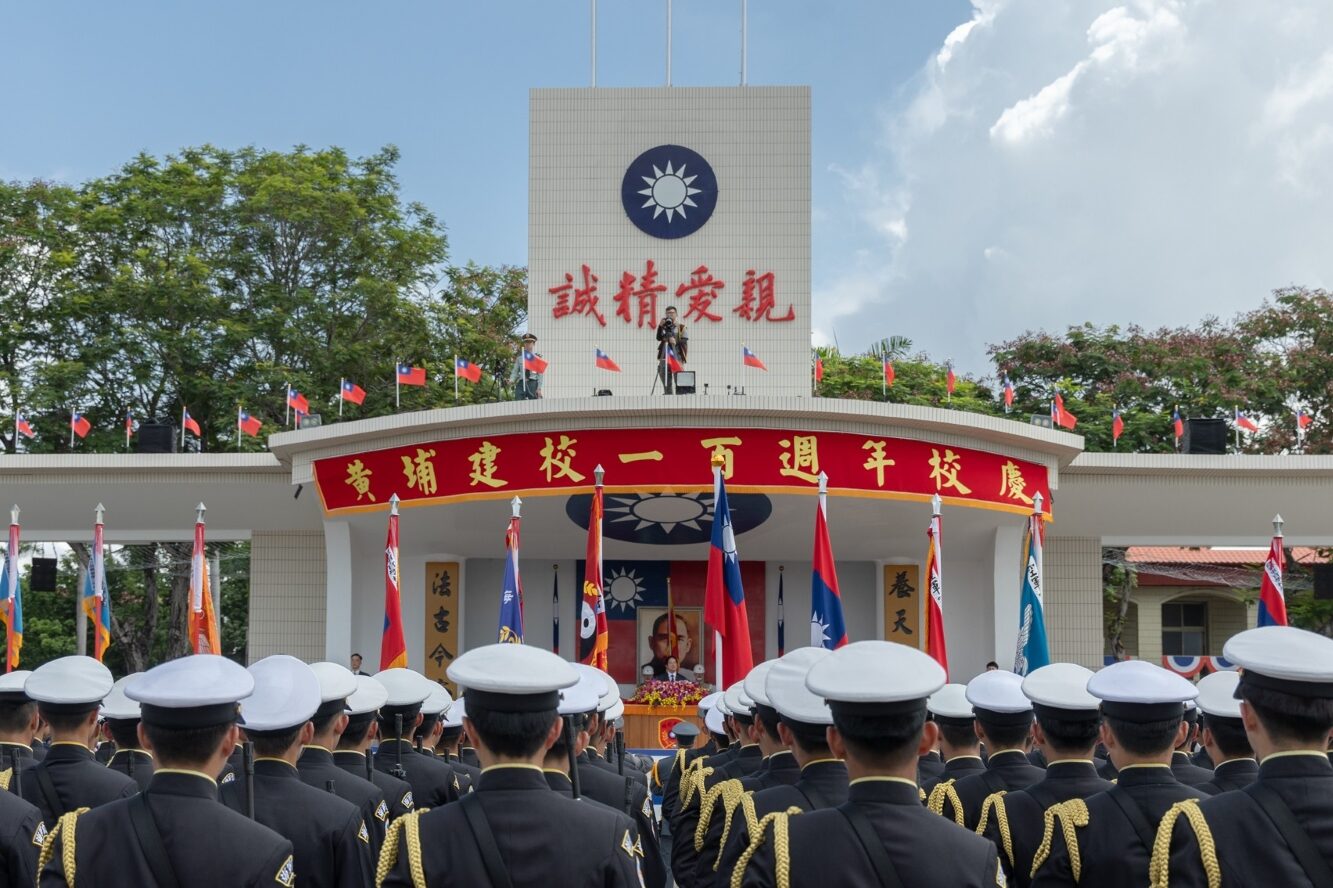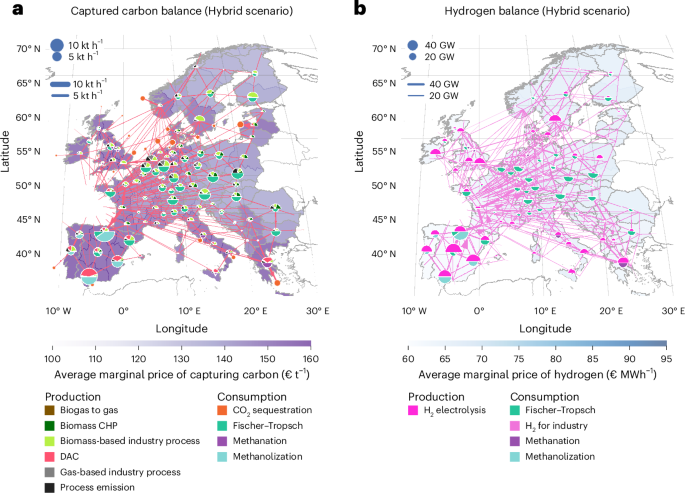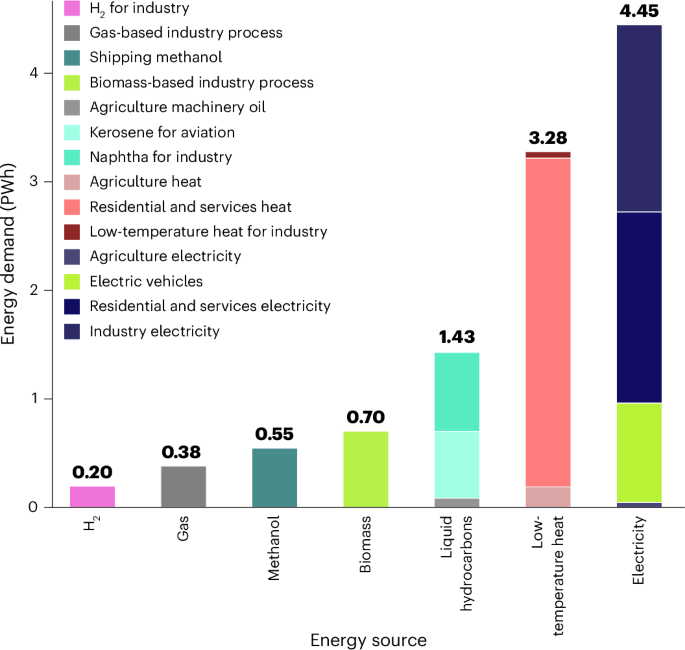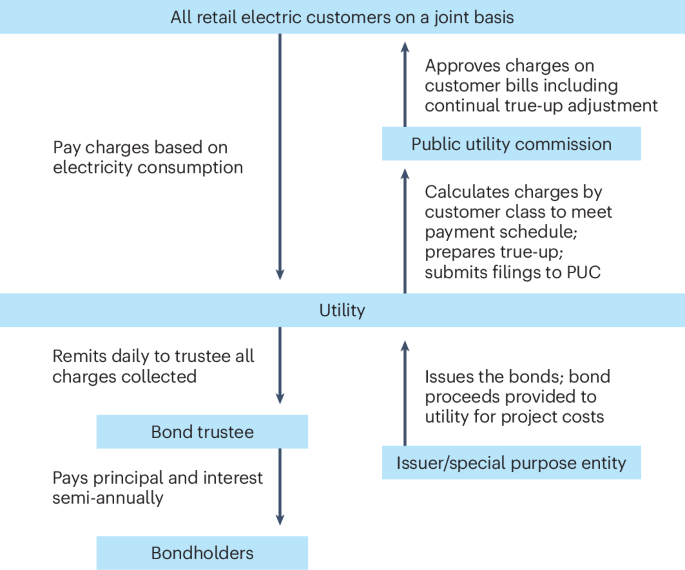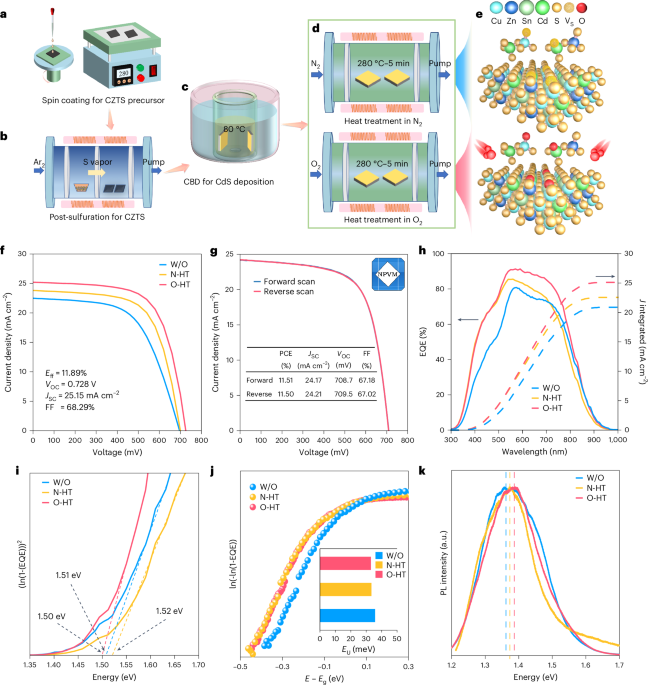Staphylococcal toxin PVL ruptures model membranes under acidic conditions through interactions with cardiolipin and phosphatidic acid
by Seong H. Chow, Yusun Jeon, Pankaj Deo, Amy T. Y. Yeung, Christine Hale, Sushmita Sridhar, Gilu Abraham, Joshua Nickson, Françios A. B. Olivier, Jhih-Hang Jiang, Yue Ding, Mei-Ling Han, Anton P. Le Brun, Dovile Anderson, Darren Creek, Janette Tong, Kip Gabriel, Jian Li, Ana Traven, Gordon Dougan, Hsin-Hui Shen, Thomas Naderer Panton-Valentine leukocidin (PVL) is a pore-forming toxin secreted by Staphylococcus aureus strains that cause severe infections. Bicomponent PVL kills phagocytes depending on cell surface receptors, such as complement 5a receptor 1 (C5aR1). How the PVL-receptor interaction enables assembly of the leukocidin complex, targeting of membranes, and insertion of a pore channel remains incompletely understood. Here, we demonstrate that PVL binds the anionic phospholipids, phosphatidic acid, and cardiolipin, under acidic conditions and targets lipid bilayers that mimic lysosomal and mitochondrial membranes, but not the plasma membrane. The PVL–lipid interaction was sufficient to enable leukocidin complex formation as determined by neutron reflectometry and the rupture of model membranes, independent of protein receptors. In phagocytes, PVL and its C5aR1 receptor were internalized depending on sphingomyelin and cholesterol, which were dispensable for the interaction of the toxin with the plasma membrane. Internalized PVL compromised the integrity of lysosomes and mitochondria before plasma membrane rupture. Preventing the acidification of organelles or the genetic loss of PVL impaired the escape of intracellular S. aureus from macrophages. Together, the findings advance our understanding of how an S. aureus toxin kills host cells and provide key insights into how leukocidins target membranes.
by Seong H. Chow, Yusun Jeon, Pankaj Deo, Amy T. Y. Yeung, Christine Hale, Sushmita Sridhar, Gilu Abraham, Joshua Nickson, Françios A. B. Olivier, Jhih-Hang Jiang, Yue Ding, Mei-Ling Han, Anton P. Le Brun, Dovile Anderson, Darren Creek, Janette Tong, Kip Gabriel, Jian Li, Ana Traven, Gordon Dougan, Hsin-Hui Shen, Thomas Naderer Panton-Valentine leukocidin (PVL) is a pore-forming toxin secreted by Staphylococcus aureus strains that cause severe infections. Bicomponent PVL kills phagocytes depending on cell surface receptors, such as complement 5a receptor 1 (C5aR1). How the PVL-receptor interaction enables assembly of the leukocidin complex, targeting of membranes, and insertion of a pore channel remains incompletely understood. Here, we demonstrate that PVL binds the anionic phospholipids, phosphatidic acid, and cardiolipin, under acidic conditions and targets lipid bilayers that mimic lysosomal and mitochondrial membranes, but not the plasma membrane. The PVL–lipid interaction was sufficient to enable leukocidin complex formation as determined by neutron reflectometry and the rupture of model membranes, independent of protein receptors. In phagocytes, PVL and its C5aR1 receptor were internalized depending on sphingomyelin and cholesterol, which were dispensable for the interaction of the toxin with the plasma membrane. Internalized PVL compromised the integrity of lysosomes and mitochondria before plasma membrane rupture. Preventing the acidification of organelles or the genetic loss of PVL impaired the escape of intracellular S. aureus from macrophages. Together, the findings advance our understanding of how an S. aureus toxin kills host cells and provide key insights into how leukocidins target membranes.

















































































































